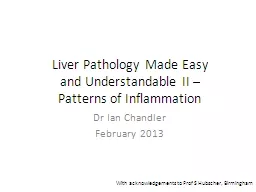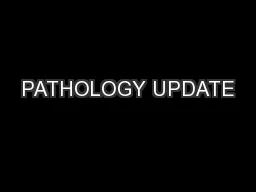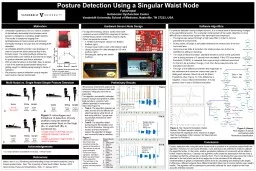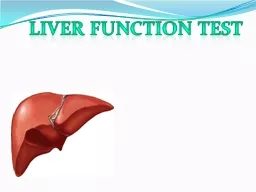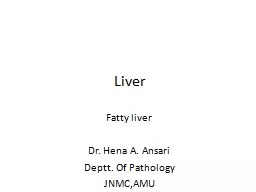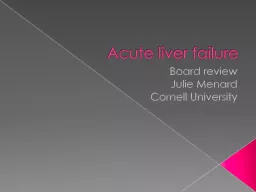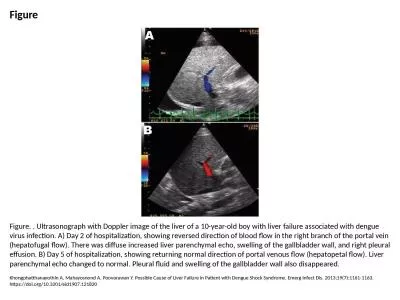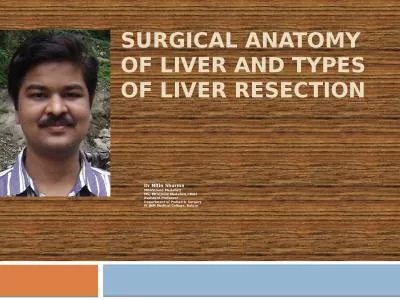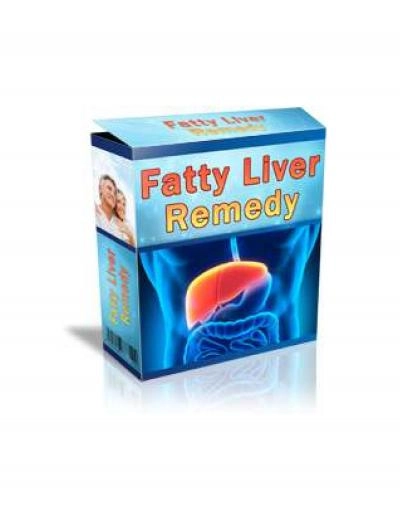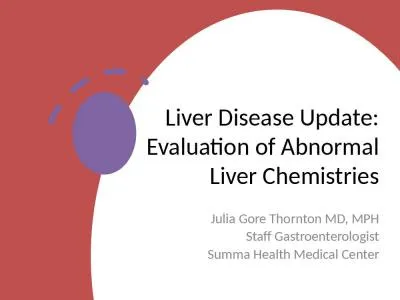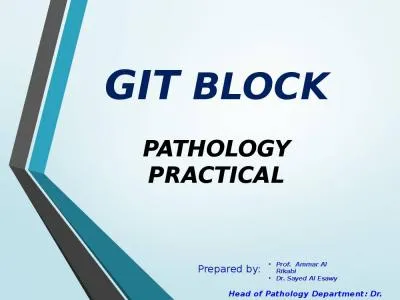PPT-Liver Pathology Made Easy
Author : pasty-toler | Published Date : 2016-05-25
and Understandable II Patterns of Inflammation Dr Ian Chandler February 2013 With acknowledgements to Prof S Hubscher Birmingham Patterns of Inflammation in
Presentation Embed Code
Download Presentation
Download Presentation The PPT/PDF document "Liver Pathology Made Easy" is the property of its rightful owner. Permission is granted to download and print the materials on this website for personal, non-commercial use only, and to display it on your personal computer provided you do not modify the materials and that you retain all copyright notices contained in the materials. By downloading content from our website, you accept the terms of this agreement.
Liver Pathology Made Easy: Transcript
Download Rules Of Document
"Liver Pathology Made Easy"The content belongs to its owner. You may download and print it for personal use, without modification, and keep all copyright notices. By downloading, you agree to these terms.
Related Documents

